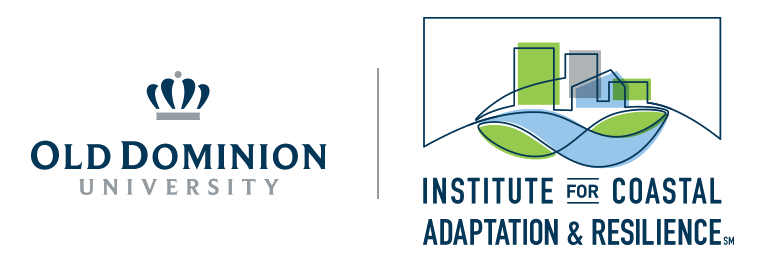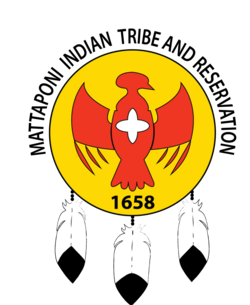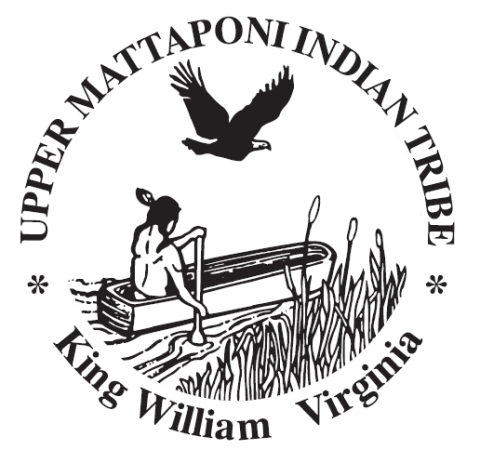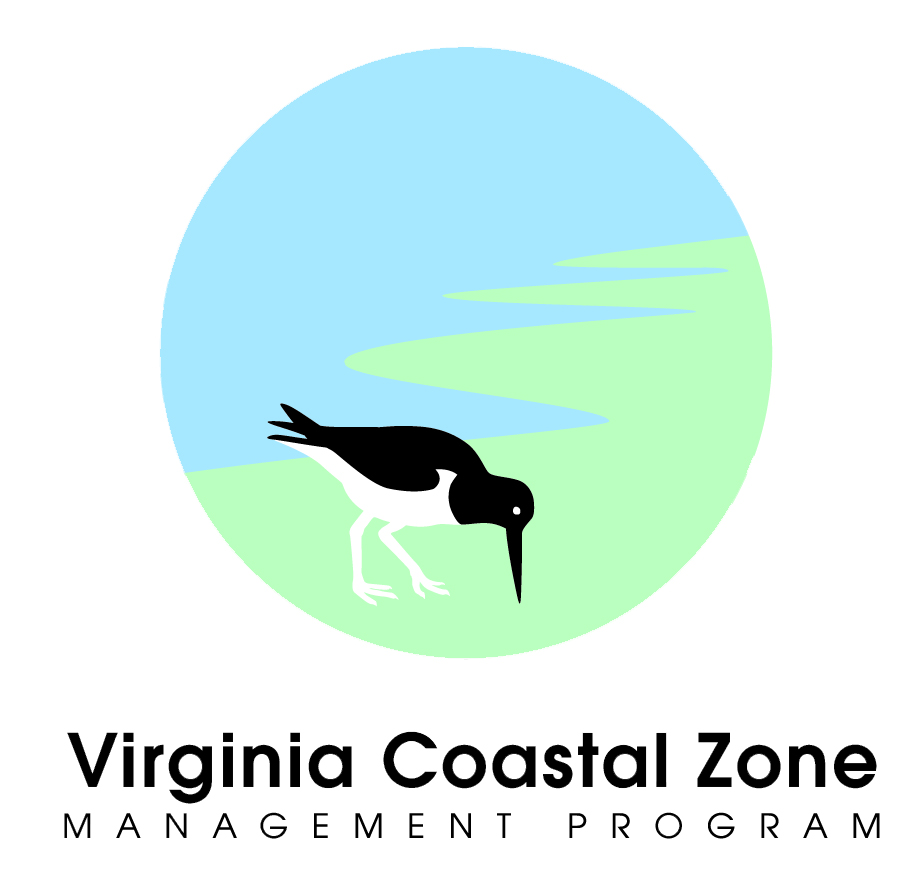The Upper Mattaponi Indian Tribe and the Mattaponi Indian Tribe and Reservation engaged in an abbreviated RAFT process from November 2022 - March 2023 funded by the Natural Hazard Center (NHC)'s Public Health Disaster Research Award Program that explored "public health preparedness, response, and resilience to disasters in the inhabited U.S. territories of American Samoa, Guam, the Northern Mariana Islands, Puerto Rico, and the U.S. Virgin Islands, tribal areas, and rural communities across the United States." This pilot project's goal was to determine the applicability of and adapt The RAFT to tribal needs and included one state recognized Virginia Indian Tribe (the Mattaponi Indian Tribe and Reservation) and one federally recognized Tribe (the Upper Mattaponi Indian Tribe) within King William County, which underwent a RAFT process from 2021 to 2023.
The full report is available from the Natural Hazards Center's Public Health Reports website.
Following the initial NHC grant, The RAFT Team, led by Old Dominion University's Institute for Coastal Adaptation and Resilience, received a Continuation Award to continue its work with the Mattaponi Indian Tribe and Reservation. This grant funded the planning of a resilience hub—a multifunctional community center that provides social and educational services and also serves as an emergency shelter. Through months of consultation with the Mattaponi Indian Tribe and Reservation's designated Tribal Liaison and a workshop held with tribal representatives, the team co-produced a hub planning process and set of resource guides that were culturally appropriatee and increased the community’s awareness and engagement in the project. Learn more about the outcomes of this project by reading the full report from this project on the Natural Hazards Center website.
The Public Health Disaster Research Award Program is based on work supported by the Centers for Disease Control and Prevention (CDC) through supplemental funding to the National Science Foundation (NSF Award #1635593). Any opinions, findings, conclusions, or recommendations expressed in this material are those of the author(s) and do not necessarily reflect the views of the CDC, NSF, or Natural Hazards Center.

.png)





